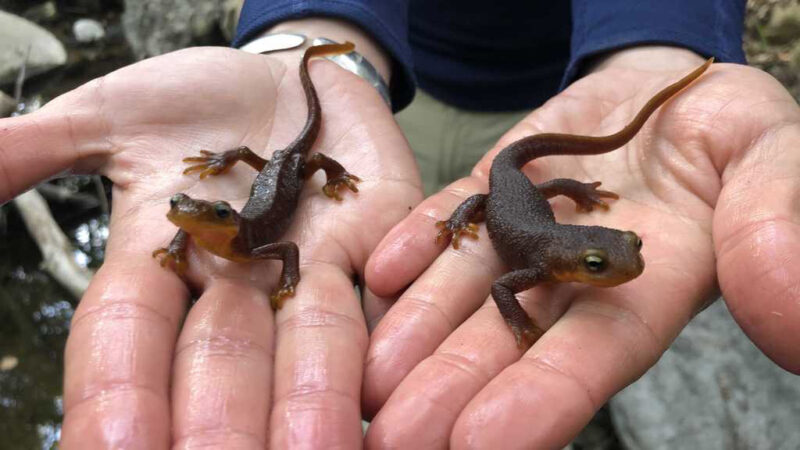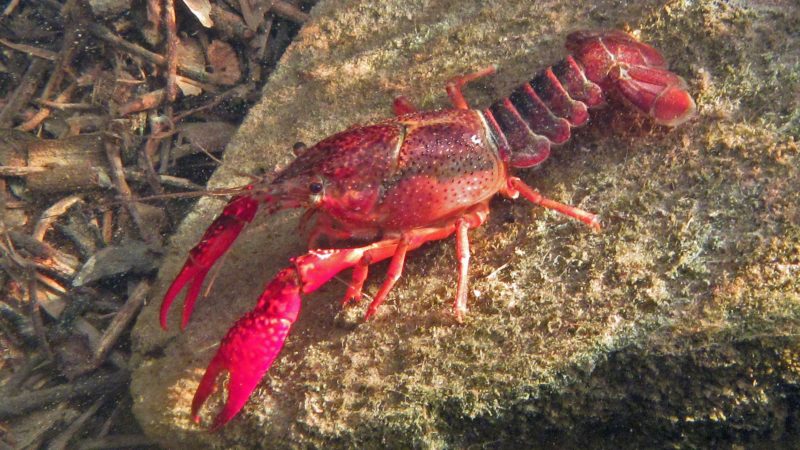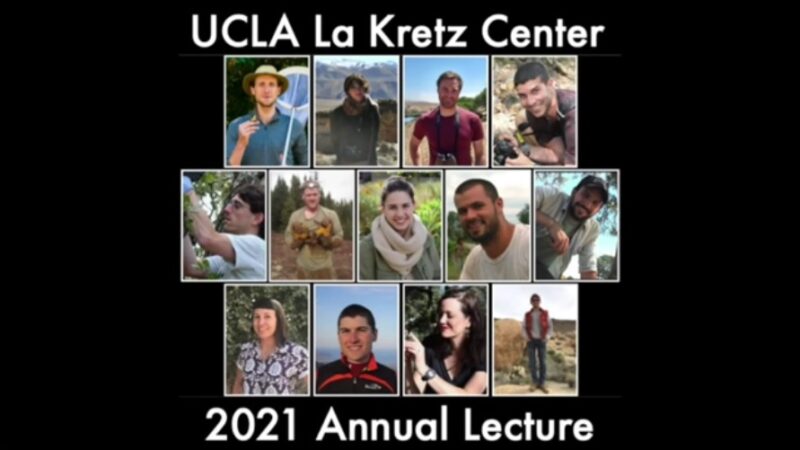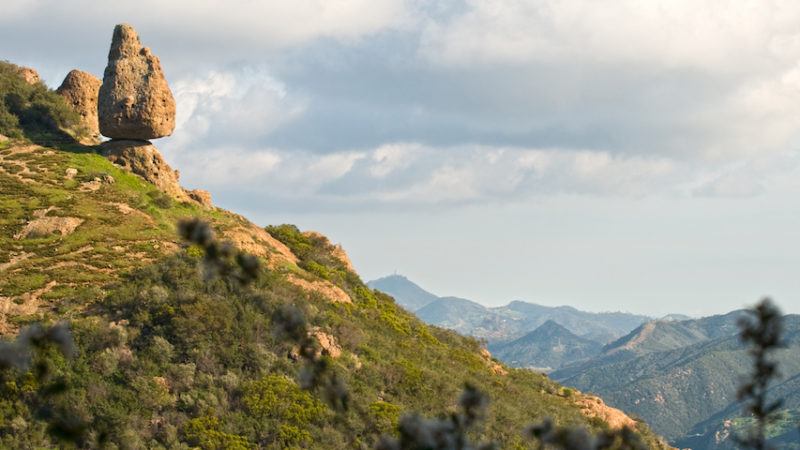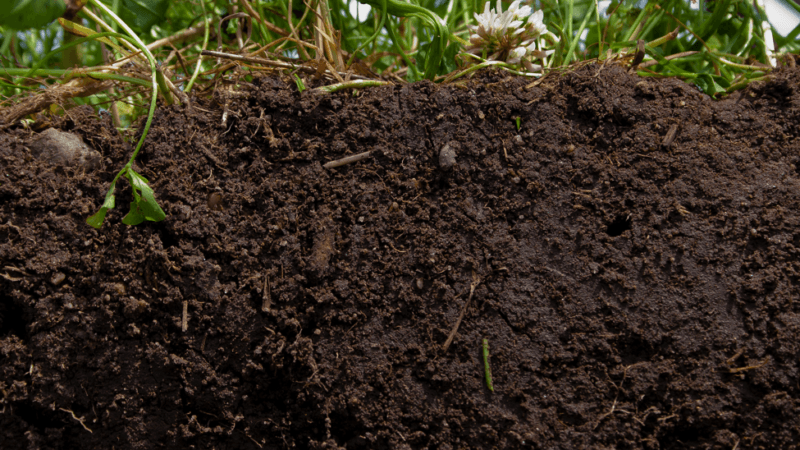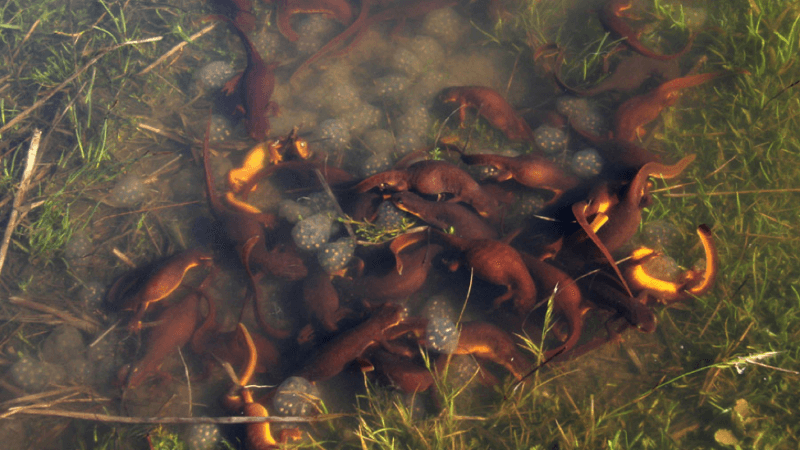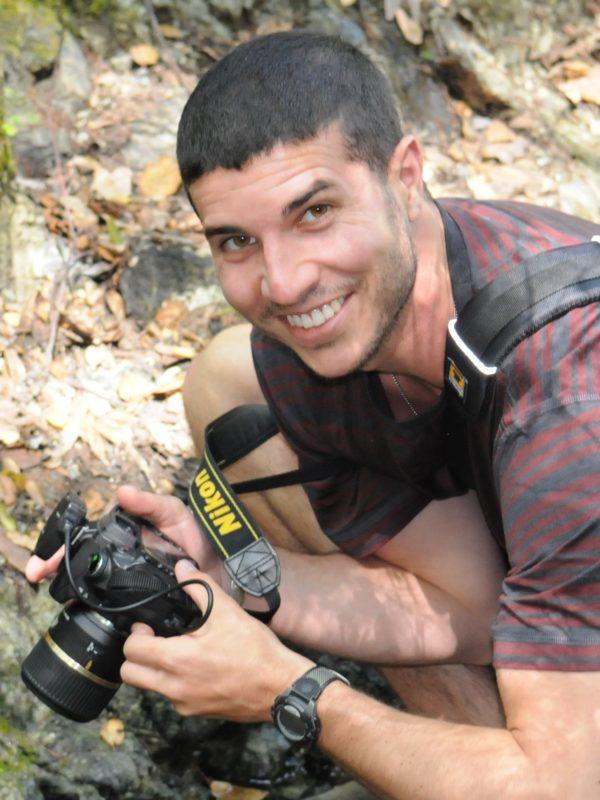
Education
2015, Ph.D, University of California, Los Angeles
2002, BA Interdisciplinary Cultural Studies, Antioch College, Yellow Springs, OH
Research
Gary is broadly interested in stream ecology, conservation genomics, the evolution of chemical defenses, and ecological processes occurring at the urban-wildlife interface. His current research investigates 1) the evolution and ecology of the neurotoxin tetrodotoxin newts, (genus Taricha) throughout California, 2) a collaborative research effort between the UCLA/La Kretz Center for California Conservation Science and the National Park Service to develop a broad conservation management plan for amphibians of Los Angeles, and 3) a detailed landscape genomic interrogation of the stream-breeding amphibians of the Santa Monica Mountains. Before moving to UC Davis, Gary was an Adjunct Assistant Professor for EEB, and Director of Research for Stunt Ranch.

